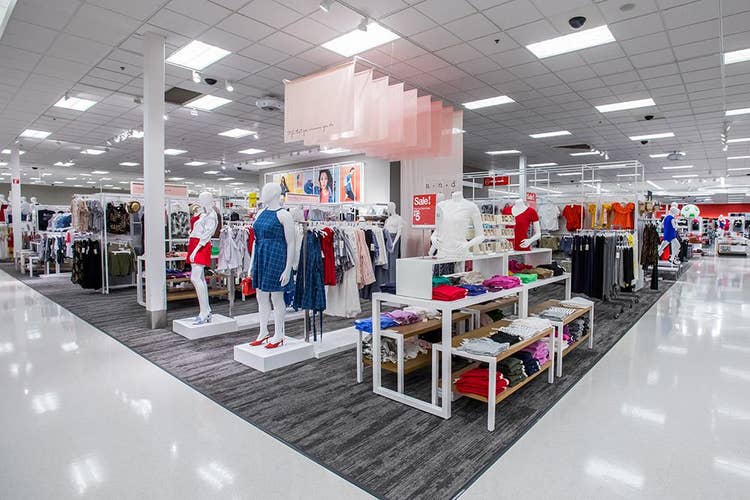Target Drops Symantec, Taps CrowdStrike For Fast Deployment
Target wanted to move off Symantec due to dissatisfaction with how Symantec was treating them, and CrowdStrike deployed Falcon across their entire environment in less than 10 days, CEO George Kurtz said.

Target in recent months ditched Symantec and deployed CrowdStrike Falcon across their entire 368,000-employee environment in less than 10 days, said CrowdStrike President and CEO George Kurtz.
The Minneapolis-based retail giant was looking to rapidly move away from Symantec due to strong dissatisfaction with how Symantec was treating them as well as their desire for a more contemporary solution, Kurtz said. After taking a thorough look around the market, Kurtz said Target opted for CrowdStrike thanks to their ability to immediately deliver value using a single agent cloud solution.
As a fast-growing company with a mature security organization, Kurtz said Target was looking for a tool that would enhance their security posture without impacting performance across their expansive estate of business-critical systems. Kurtz credited Target for spending a lot of time and effort moving past the 2013 security breach that exposed credit card and personal data for more than 110 million consumers.
[Related: CrowdStrike To Buy Identity Startup Preempt Security For $96M]
“To get an organization like Target up and running in such a short period of time is unheard of,” Kurtz told investors during the company’s earnings call Wednesday. “They’ve got a fantastic team, and we’re looking forward to the future with them.”
Symantec’s end of life last month on some versions of their flagship Symantec Endpoint Protection (SEP) product was also an accelerant for businesses talking to and ultimately choosing CrowdStrike, Kurtz said. Removing one agent and lifting and shifting everything to another newly installed agent requires lots of reboots, and he said that prompted some customers to think about what would truly be best for them.
“That‘s just another accelerator to why people are coming to CrowdStrike, their unhappiness with some of their [Symantec’s] support,” Kurtz said. “They’re looking for a more modern architecture and a solution that has multiple legs to it, not just anti-malware.”
Symantec did not immediately respond to a CRN request for comment.
CrowdStrike’s revenue for the quarter ended Oct. 31 skyrocketed to $232.5 million, up 85.8 percent from $125.1 million a year earlier. That beat Seeking Alpha’s estimate of $214.4 million.
The company’s net loss improved to $24.5 million, or $0.11 per share, which is 30.9 percent better than the net loss of $35.5 million, or $0.17 per share, last year. On a non-GAAP basis, the company recorded net income of $18.6 million, or $0.08 per share, up from a net loss of $13.4 million, or $0.07 per share, the year prior. That beat Seeking Alpha’s non-GAAP earnings estimate of breaking even ($0.00 per share).
CrowdStrike’s stock surged $18.53 (13.06 percent) to $160.37 per share in after-hours trading Wednesday. That’s the highest CrowdStrike’s stock has ever traded since going public in June 2019.
Subscription revenue for the quarter jumped to $213.5 million, up 87 percent from $114.2 million a year earlier. And professional services revenue for the quarter leaped to $18.9 million, up 73.7 percent from $10.9 million last year.
For the quarter ending Jan. 31, 2021, CrowdStrike is projecting non-GAAP results of net income between $17.7 million and $21.3 million, or $0.08 to $0.09 per share, on revenue of between $245.5 million to $250.5 million. Analysts had been projecting net income of $0.01 per share on revenue of $231.4 million, according to Seeking Alpha.